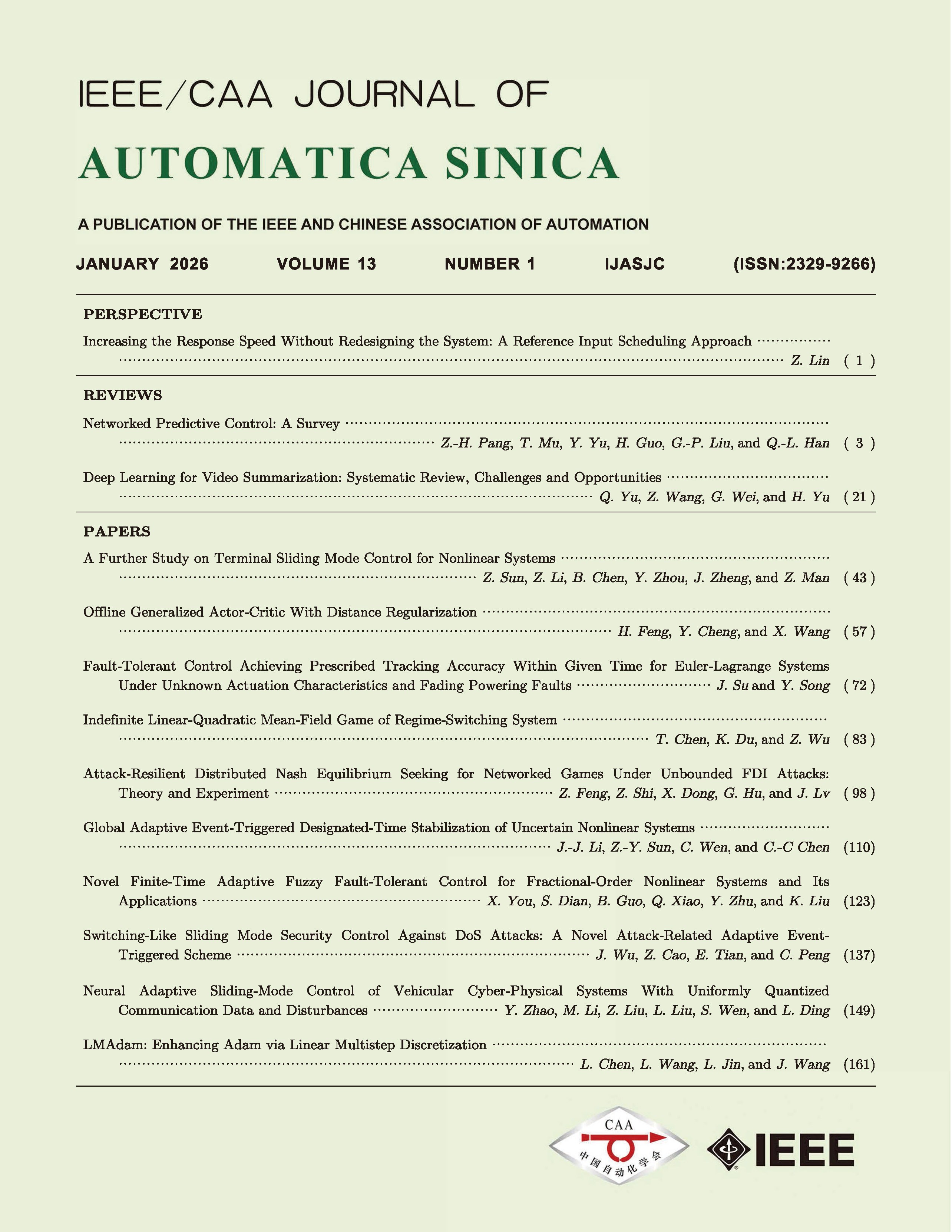Hyperspectral image super-resolution, which refers to reconstructing the high-resolution hyperspectral image from the input low-resolution observation, aims to improve the spatial resolution of the hyperspectral image, which is beneficial for subsequent applications. The development of deep learning has promoted significant progress in hyperspectral image super-resolution, and the powerful expression capabilities of deep neural networks make the predicted results more reliable. Recently, several latest deep learning technologies have made the hyperspectral image super-resolution method explode. However, a comprehensive review and analysis of the latest deep learning methods from the hyperspectral image super-resolution perspective is absent. To this end, in this survey, we first introduce the concept of hyperspectral image super-resolution and classify the methods from the perspectives with or without auxiliary information. Then, we review the learning-based methods in three categories, including single hyperspectral image super-resolution, panchromatic-based hyperspectral image super-resolution, and multispectral-based hyperspectral image super-resolution. Subsequently, we summarize the commonly used hyperspectral dataset, and the evaluations for some representative methods in three categories are performed qualitatively and quantitatively. Moreover, we briefly introduce several typical applications of hyperspectral image super-resolution, including ground object classification, urban change detection, and ecosystem monitoring. Finally, we provide the conclusion and challenges in existing learning-based methods, looking forward to potential future research directions.


 E-mail Alert
E-mail Alert


